The Breath Behind the Beat: Applying Airstream Analysis to Beatboxing
By Caleb Blumenfeld and Dr. Reed Blaylock
Published July 14, 2023
Do a nice, clean Kick Drum. If you're an experienced beatboxer, you've probably done this a million times. Now do another, but this time go slow—really pay attention to what's making that crisp *pop* sound. Start by closing your lips, and then slowly—slowly—build up pressure behind them.
Try to feel where that pressure is coming from—is it from your throat? Your cheeks? Somewhere else in your mouth?—and then, once you feel you've got a really good grasp of how the sound feels in your mouth, release it. If you're like most beatboxers, that building pressure was your whole larynx rising up, compressing the air in your mouth and throat.
This kind of thinking you just did, that analysis of the oral movements and air pressure changes that make your Kick Drum, is some basic phonetics! Specifically, you're describing how air moves in your vocal tract when you make sounds.
Speech scientists call a specific process by which your mouth and throat move air to create sound an airstream mechanism, or just an airstream for short. Linguists usually say that only four distinct airstreams are used in the documented languages of the world, but at least six are used in beatboxing!
In this article, we'll show you how six common beatboxing sounds use all six of those different airstream mechanisms, and how you can use those airstream mechanisms to elevate your beatboxing to the next level.
What are the airstream mechanisms?
We'll show you six main airstreams in this article, all listed in the table below. Each airstream mechanism has two words in its name. The first word ("laryngeal", "pulmonic", or "lingual") refers to the part of the vocal tract that's responsible for changing the air pressure inside your body. The second word ("ingressive" or "egressive") denotes whether the airstream mechanism pushes air out of the body or sucks air into the body.
You might already notice that the scientific terminology is similar to how we beatboxers think of beatboxing sounds as being "inward" or "outward". Airstream analysis lets us categorize beatboxing sounds with a little more nuance, which can sometimes be helpful.
Now, let's explore each of the six airstreams by looking at the different airstreams of six common beatboxing sounds!
| Egressive | Ingressive | |
|---|---|---|
| Laryngeal | Kick Drum | Liproll |
| Pulmonic | Inward K Snare | Throat Bass |
| Lingual | Humming Kick | Humming Hi-Hat |
Sounds and their Airstreams
Kick Drum: Laryngeal Egressive
A clean kick is the result of pressure being built up in your vocal tract by moving your larynx. Many beatboxers think of (and teach) the Kick Drum as being made with only the lips, but it actually needs two closures in the vocal tract: the first closure brings the lips together, and the second closure brings the vocal folds together inside the larynx. That second closure is why you can't speak or make any noise at all with your voice while you're doing a kick: closing up your vocal folds blocks any air from passing through.
With those two closures, you've created an isolated space in between your lips and larynx. Next, you raise up your larynx to compress the air in that space. You may be able to feel this happening: if you gently place your fingers at the top of your neck, a little beneath your jaw, you might feel a bump which raises as you build pressure for the Kick Drum. That bump is the front of your larynx! Notice how the more you raise your larynx, the more pressure you create.
Finally, you open your lips, and that compressed air rushes out. Without getting into all the science of air pressure, the air goes out instead of in because air pressure likes to equalize. Since the air behind the lips was pressurized from raising the larynx, the air pressure outside the body is comparatively lower. When the lips are released, air pressure equalizes by flowing out of the mouth, from higher pressure to lower pressure.
So how do we know which airstream mechanism a Kick Drum uses? We said each airstream mechanism had two words in its name: the first identifies the part of the body responsible for changing the air pressure, and the other tells you which direction the air moves when the pressure is released.
The air pressure for a Kick Drum is built up by moving the larynx, so this is a "laryngeal" sound. The air flows out of the mouth when the lips are opened, so that makes the Kick Drum an "egressive" sound. Put them together, and we classify the kick as a laryngeal egressive sound!
Lots of other common beatboxing sounds, including the CLosed Hi-Hat and PF Snare, also use laryngeal egressive airstream. It lets you leverage all the resonant potential of your throat (unlike lingual airstreams, which we'll talk about below), but the sounds are easier to make crisp and clean because they don't use your breath (see the pulmonic airstreams, also below). All it takes is a closure at the larynx, another closure somewhere else in the vocal tract, and lifting the larynx in order to build up air pressure.
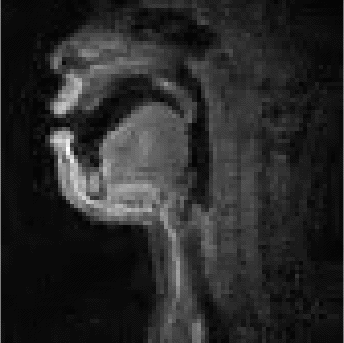
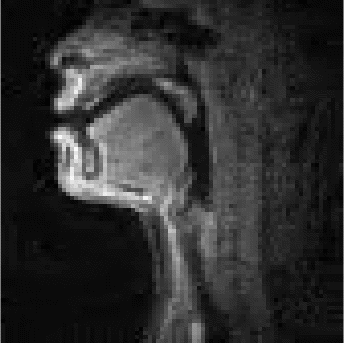
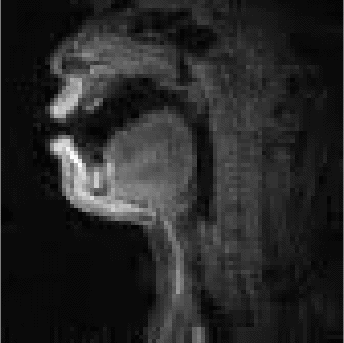
Inward K Snare: Pulmonic Ingressive
Let's move on to talk about perhaps the second most fundamental sound in beatboxing: the Inward K Snare. Analyzing the sound just like we did with the Kick Drum, we can feel that a good, clean K starts by making a closure with your tongue body at the back of your mouth. Because of that closure, all of the space behind the tongue—in your throat, trachea, and lungs—is sealed off, and none of the air in that space can escape.
Next, you decrease the air pressure in the space behind your tongue by expanding your lungs. When you then release your tongue body closure, air rushes into the lungs from outside the body because air moves from higher pressure to lower pressure. How clean your Inward K Snare sounds depends on factors like how quickly you release the closure, how you position your tongue while the air flows inward, and how long you pull the air inward.
Let's think about the difference between this process and the one that made the Kick Drum. In the Kick Drum, air was pushed outwards by the larynx. With the Inward K Snare, the air is pulled inward all the way into your lungs. So what kind of airstream is this?
Since the lungs cause the air pressure inside the vocal tract to change, the Inward K Snare "pulmonic". And because air is being pulled into the body, the Inward K Snare is "ingressive". The Inward K Snare is a pulmonic ingressive sound!
Beatboxers thrive on pulmonic ingressive sounds because pulling air into the lungs gives you a chance to breathe. Other pulmonic ingressive sounds include the Inward Clickroll and Inward Liproll.
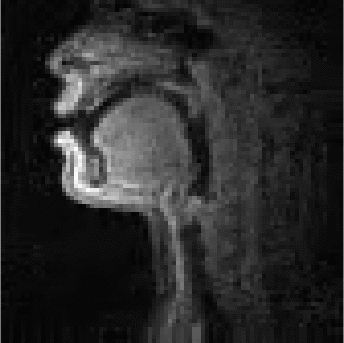


Throat Bass: Pulmonic Egressive
The throat bass is an important part of a beatboxer's arsenal—it's essential for creating that EDM 808 bass-y feel that's so favored right now in competitive beatboxing. Fortunately, this airstream is easy to describe—we use it every day in speaking!
When making a vowel sound like "uh" (that's [ə] for you IPA nerds), your lungs compress to push air out of the vocal tract. That air leaves the lungs and exits through the mouth or nose, causing the vocal folds to vibrate along the way.
The Throat Bass works the same way, except the air doesn't vibrate just the vocal folds—it also vibrates the ventricular or "false" folds in the larynx, resulting in that thick subharmonic sound.
The lungs are responsible for changing air pressure for the Throat Bass, so it's another pulmonic sound. But unlike the ingressive Inward K Snare, which pulled air into the lungs, the Throat Bass uses air that's pushed out of the lungs—so, it's egressive. That makes the Throat Bass pulmonic egressive.
Pulmonic egressive sounds are just as important as their pulmonic ingressive counterparts. If you take in air with a pulmonic ingressive sound but don't breathe it back out through a pulmonic egressive sound, you're either holding your breath or letting your breath escape unused. Maximizing your sonic output means planning how to use both your pulmonic ingressive and pulmonic egressive air.
The Tongue Bass, Lip Bass, and Open Hi-Hat are other great examples of pulmonic egressive airstream.
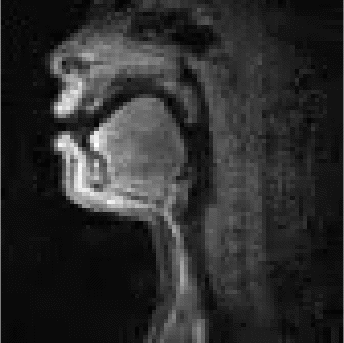
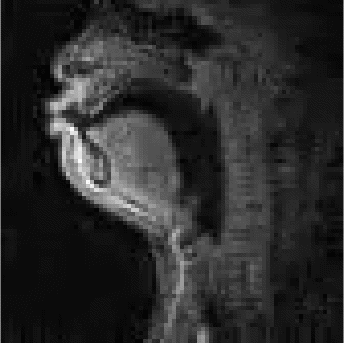
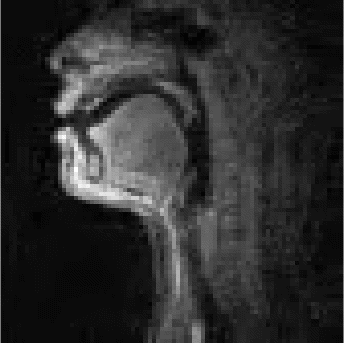
Humming Kick: Lingual Egressive
Here's something interesting to think about when working on your musicality: your Humming Kick actually uses a different airstream than the laryngeal egressive airstream we saw in the Kick Drum earlier! You've probably already noticed that it's hard to make the two Kicks sound the same. The choice between them is a tradeoff: with the Humming Kick you lose power, but you also gain the ability to voice sounds like Throat Bass at the same time, allowing for some really interesting patterns and routines.
The difference between the two Kicks is in the source of the pressure change. We saw that the basic laryngeal egressive Kick Drum's pressure is built up behind the lips by raising the larynx. In the Humming Kick, the pressure is built up by moving the tongue.
The body of the tongue (the part we use for K Snares) closes to the roof of the mouth, isolating a pocket of air between the tongue and the lips. The air pressure in that pocket increases when you shrink the space between the tongue and the lips, like by moving your tongue slightly forward. Then when the lips release, that high pressure air exits the vocal tract.
The Humming Kick is egressive like the basic Kick Drum because the air flows outward; but since the tongue controls where the back of the air chamber is, rather than the larynx, the Humming Kick is "lingual" rather than "laryngeal". All together, that Humming Kick uses a lingual egressive airstream.
One of the challenges that many beatboxers face is making their Humming Kicks and basic Kick Drums sound identical. Without practice, the Humming Kick often sounds less powerful. Airstream analysis helps us see why getting these two to sound the same is such a difficult and impressive feat: the techniques required to create them use completely different parts of our anatomy!
On the other hand, letting the tongue control air pressure instead of the larynx frees up the larynx to be used for other sounds. The basic Kick Drum needs the vocal folds in the larynx to be firmly closed, so there's no chance for making any sounds that require vocal fold vibration—or any breathing whatsoever.
But Humming Kicks and other lingual egressive sounds lke the Clickroll operate entirely in front of the larynx, so you have vocal fold freedom! This opens up the possibility for humming, Throat Bass, breathing, falsetto, and much more.
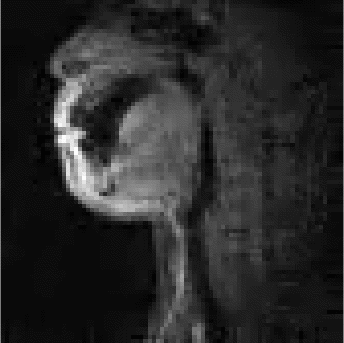
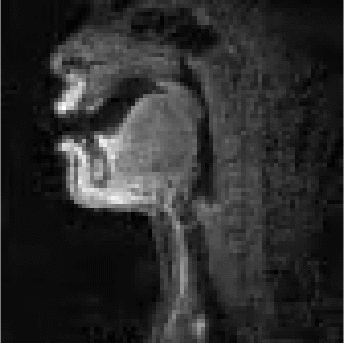
Liproll: Laryngeal Ingressive
Next, we have the Liproll. For this sound, you close your lips in a way that makes them vibrate while you suck air through them. (Linguists call this kind of vibration a "trill"). Consider this from an airstream perspective: the sound is clearly ingressive because you're pulling air into your mouth; but which part of the body moves to make the vacuum that pulls air past your lips in the first place? Take a minute to experiment with your Liprolls and try to feel what's moving.
For many beatboxers, it turns out that the air pressure required for the Liproll is controlled by the same body part that's used for the Kick Drum: the larynx. With the Liproll, however, you're not increasing pressure between the lips and larynx—you're decreasing pressure instead. The Liproll is therefore laryngeal ingressive.
In preparation for the Liproll, you close your lips and create an isolated space between your lips and your vocal folds. Then you lower your larynx (as opposed to raising it, like in the laryngeal egressive Kick Drum), which increases the space between the lips and vocal folds and consequently lowers the pressure within your mouth. As you slightly part your lips, the higher-pressure air outside of your mouth rushes in past your lips, making them vibrate.
The laryngeal ingressive airstream mechanism is used for a variety of beatboxing sounds, including the Throat Kick and the Hollow Clop.
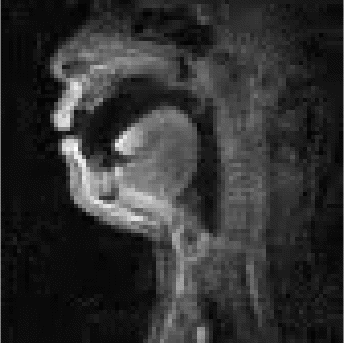

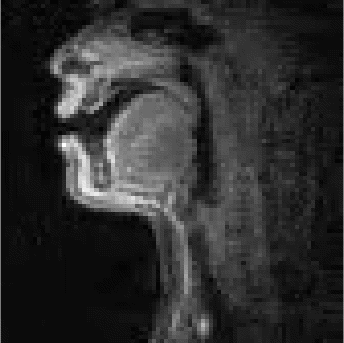
Humming High Hat: Lingual Ingressive
To understand the last of the six major airstreams, let's bring in the Humming Hi-Hat. This little "tsk" sound is produced by the Humming Kick's lingual egressive counterpart, the lingual ingressive airstream mechanism. (There's a pattern here: "humming" sounds are generally produced with a lingual airstream.)
Your tongue is crucial for the Humming Hi-Hat because it forms both of the necessary closures. The tongue tip touches the roof of the mouth, just like it does for a basic Closed Hi-Hat; separately, the tongue body touches the roof of the mouth farther back, like it does for a Humming Kick. These two closures form the boundaries for a small isolated air pocket.
To create the sound, the tongue body pulls away from the tongue tip, increasing the size of the pocket and decreasing the pressure. That's why the sound is "lingual". When the tip of the tongue then pulls away from the roof of the mouth, air from outside the mouth can move into the space. That's what makes the sound "ingressive".
While you do all this, the air behind your tongue is free to flow pulmonic ingressively through your nose, into your throat, through the larynx, and into the lungs—or the opposite direction to be pulmonic egressive, if you like—just like for the lingual egressive Humming Kick.
In short, lingual sounds allow for the possibility simultaneous pulmonic airflow because Humming sounds only use air trapped in front of the tongue body. You can put pulmonic sounds behind your other lingual ingressive sounds like Clops and Water Drops.
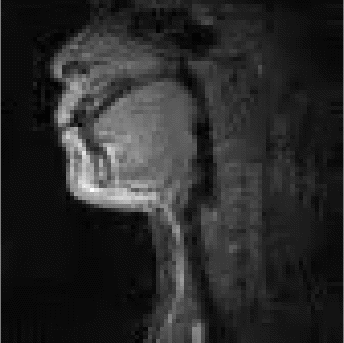
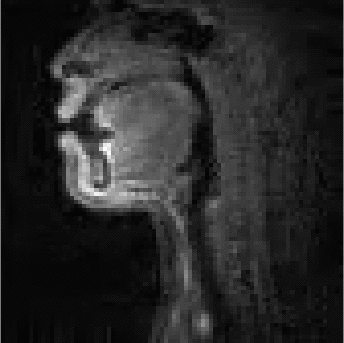
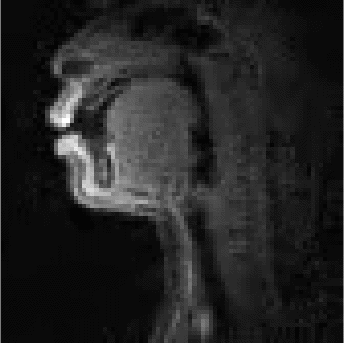
Special case: the Spit Snare
Bonus! There's a very important sound we haven't covered in any of the above airstreams. The Spit Snare is unique in that it uses a seventh type of airstream.
The Spit Snare can be made while humming, which means the back of the tongue must be pressed against the roof of the mouth to separate the back airway from the front. During a Spit Snare, air is pushed out of the vocal tract. If you understood the rest of the airstream mechanisms up to this point, then based on this description you're probably thinking that the Spit Snare is lingual egressive—and you're partially right!
However, the way you build up pressure with the Spit Snare differs from how you do it in the other humming sounds: instead of using just your tongue, you also use your cheeks. For this reason, we refer to the Spit Snare as a buccal-lingual egressive airstream (where "buccal" here means "relating to the cheek").
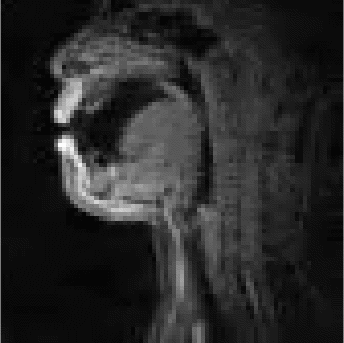
Now What?
Okay, so you know the airstreams. Now what are you supposed to do with this information? In our experience, studying beatboxing sounds in terms of their anatomy and air pressure can be helpful in a variety of ways.
One of this article's authors (Reed) is still a novice beatboxer and hasn't yet built up a big beatboxing vocabulary. When he practices a new sound, his first step is to identify the airstream mechanism: this lets him check in with himself during practice to make sure he's on the right track. "Does this sound use lingual ingressive airstream? Okay then, if I can hum while making this sound, then I'm probably on the right track." Being able to check your progress like this can save a lot of time and headache.
For similar reasons, knowing airstream mechanisms can help coaches and YouTube tutorial-makers become more effective beatboxing educators. When you know a sound is usually made with laryngeal airstream, you can look at your student's throat to see if their larynx is moving. When you explain how to position your mouth for a sound, you can talk about each of the required actions more explicitly.
And inventive beatboxers might even be able to use knowledge of airstreams to create brand new sounds!
Conclusion
One of the most amazing things about the beatboxing community is how beatboxers have invented and incorporated such a wide variety of sounds—and there's no doubt that more sounds will enter the beatboxing repertoires in the years ahead!
We believe that the community would benefit from learning some of the speech science vocabulary too. It could help beatboxers formalize, understand, and teach the sounds they create, learn new sounds more easily from others, and explore the untapped sound potential that's unquestionably still out there.
As far as beatboxing science goes, this is just the tip of the iceberg! If you liked these examples and want to learn more about how scientists describe beatboxing sounds, start with the rest of the SAIL lab MRI videos: https://sail.usc.edu/span/beatboxingproject/. We hope you learned something from this article, whether you're a grizzled veteran of oral beatmaking or still trying to lock down your boots and cats. Thanks for reading!